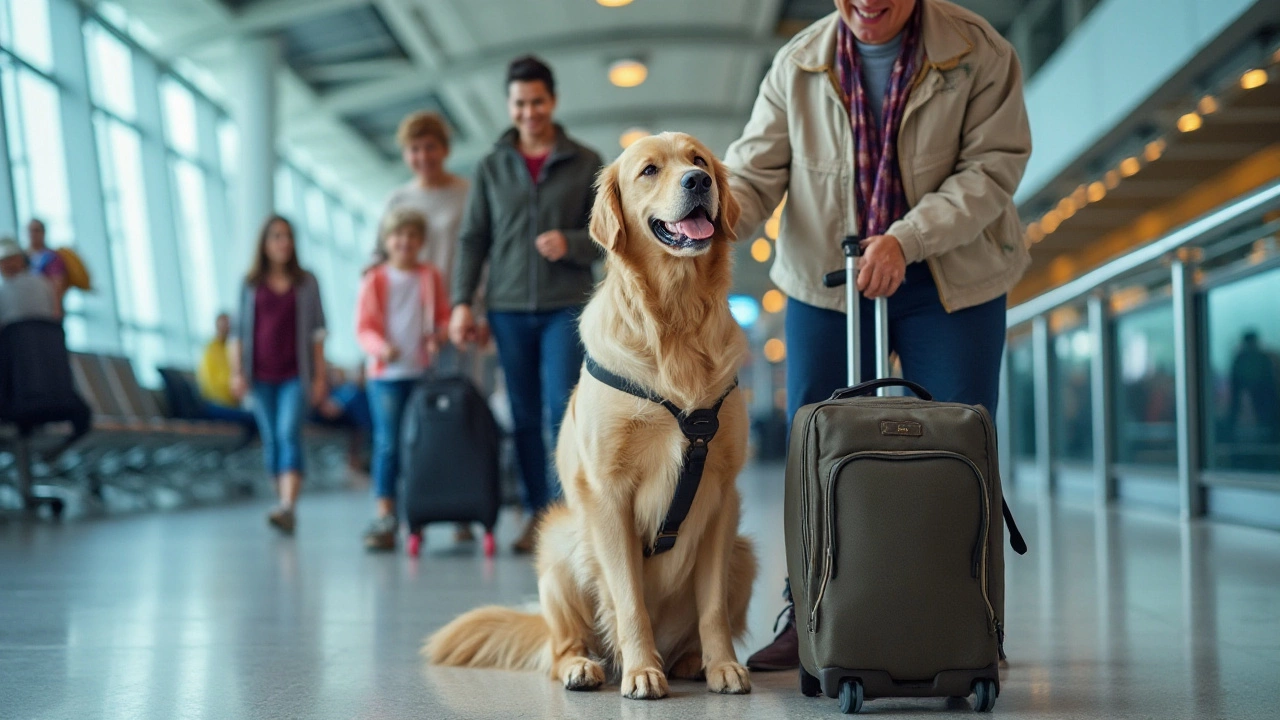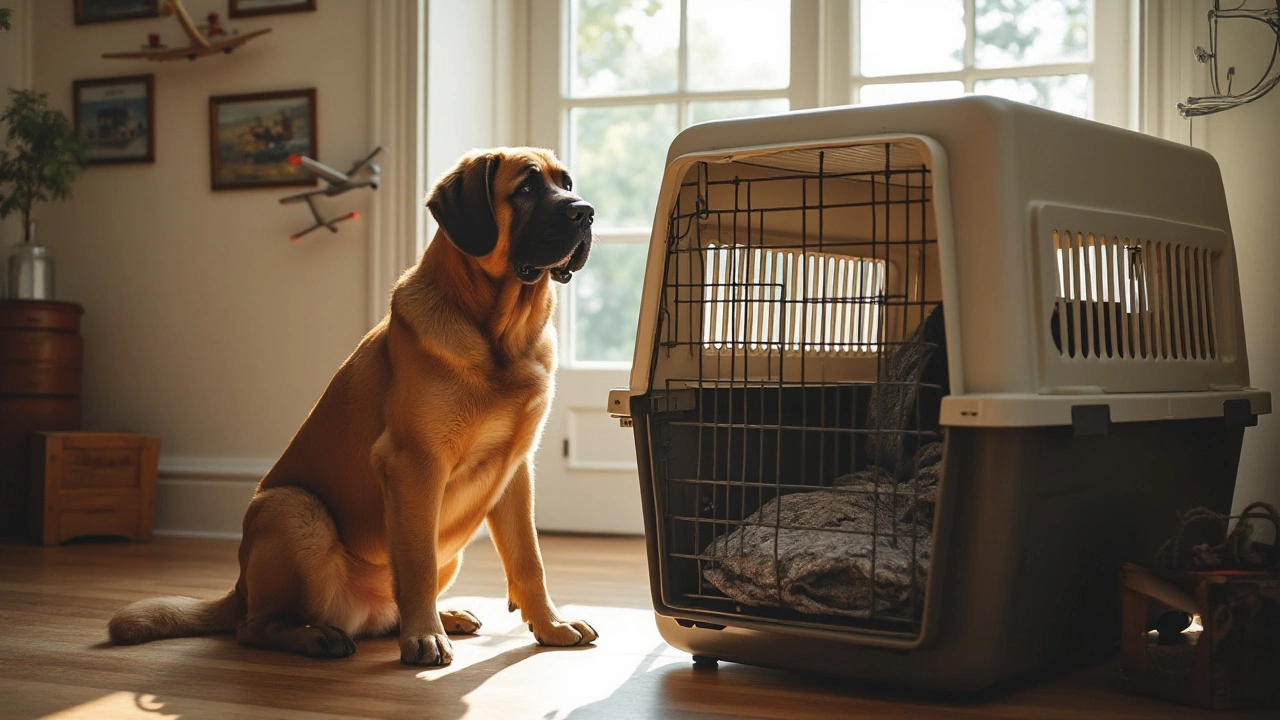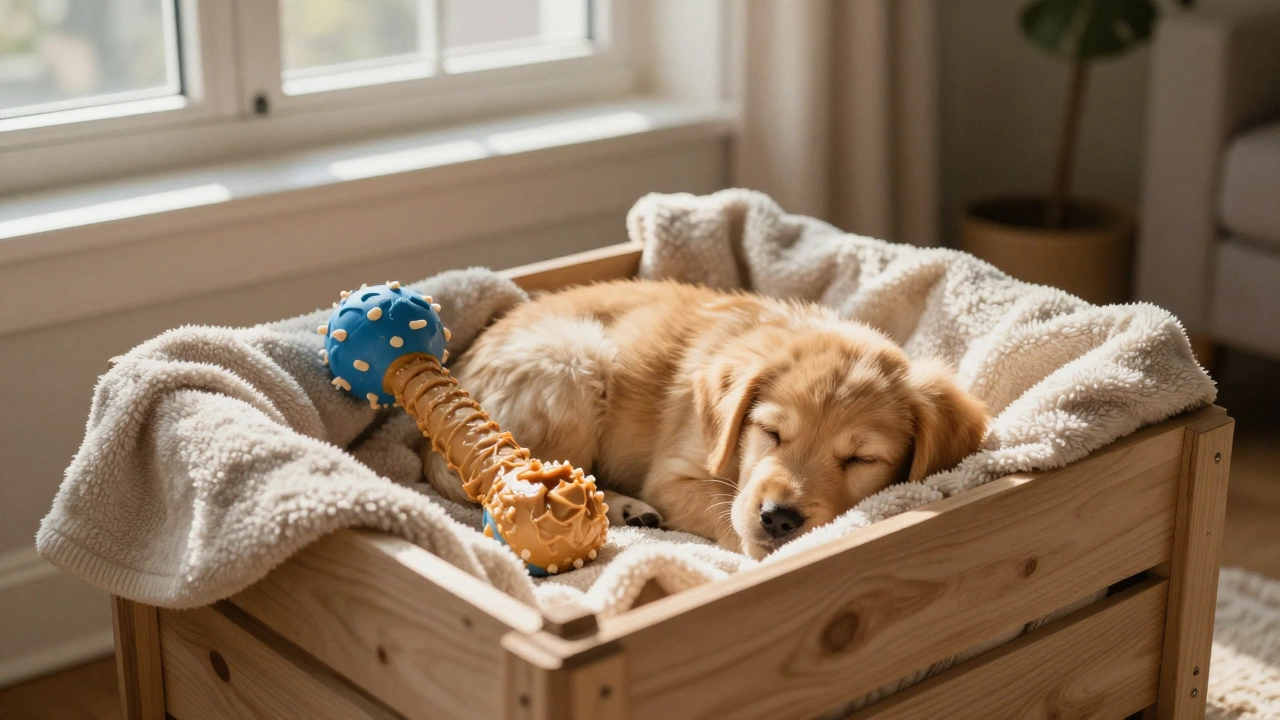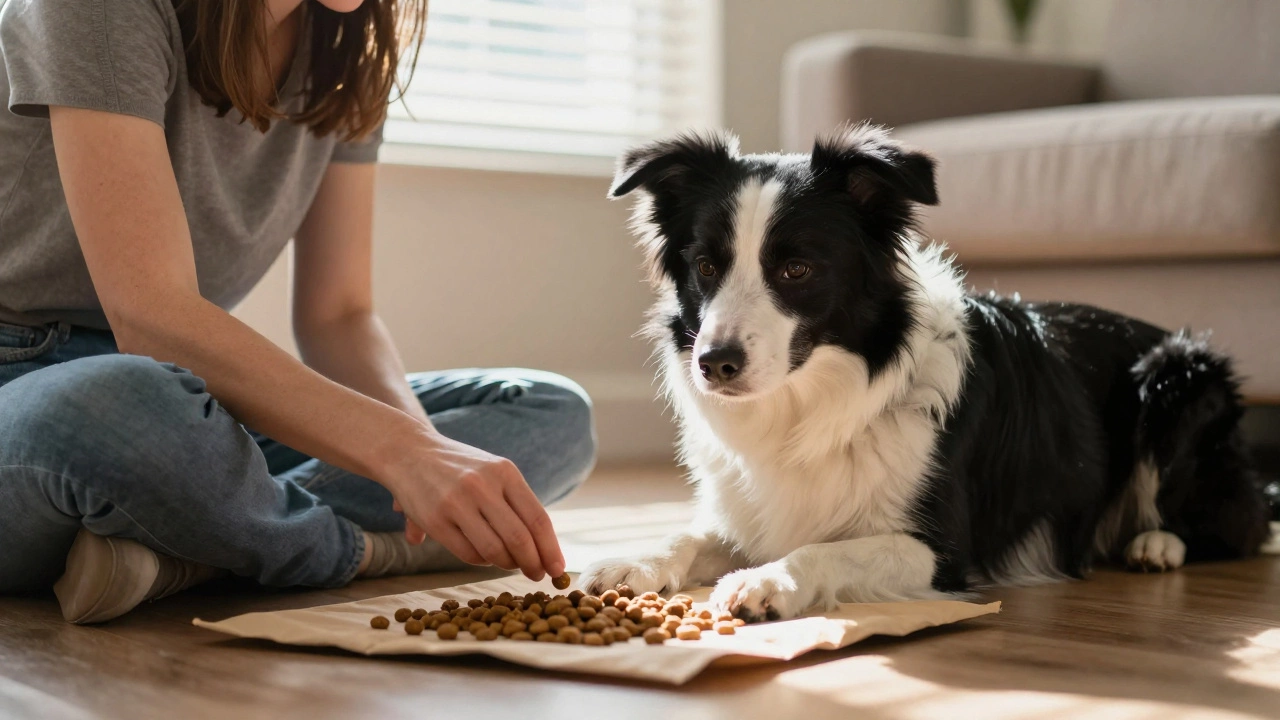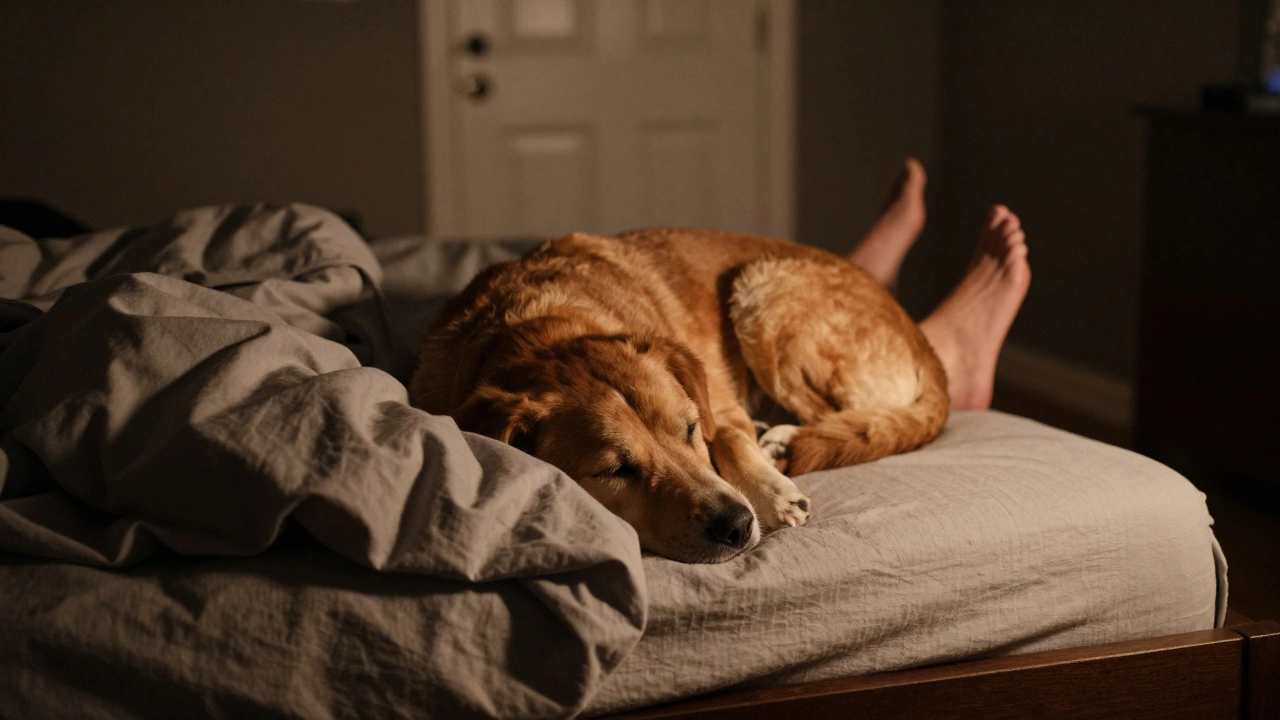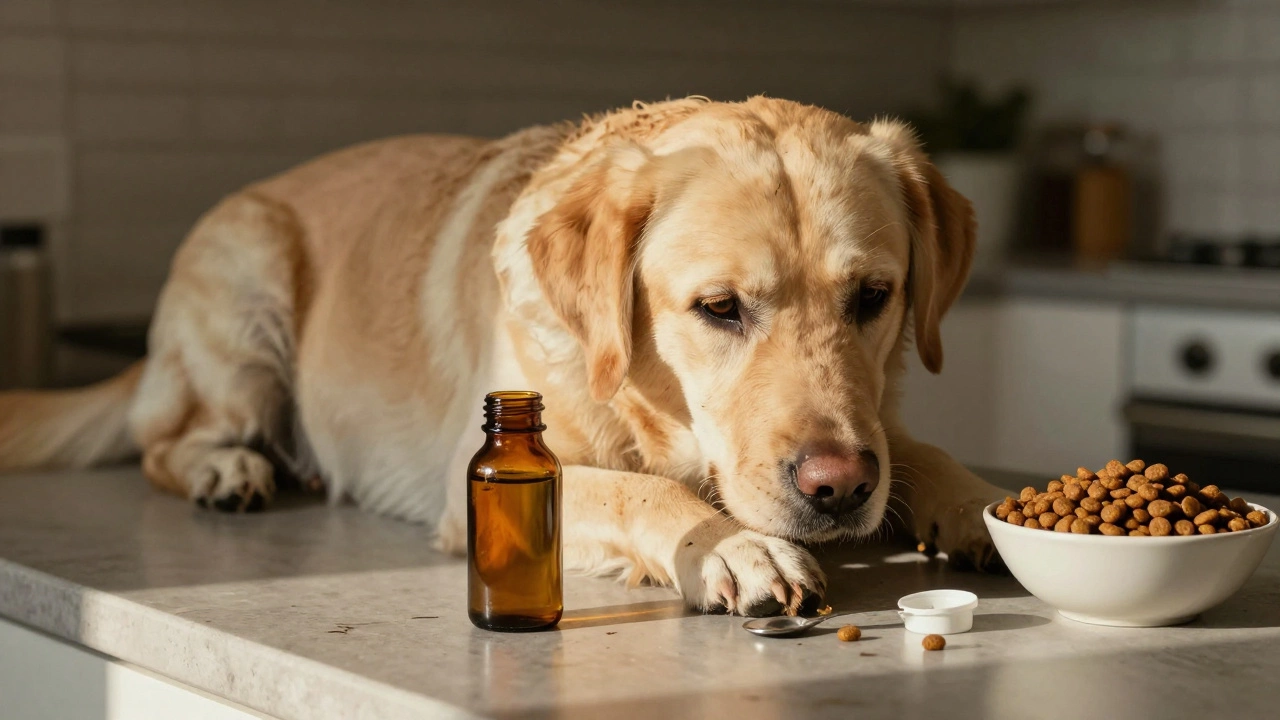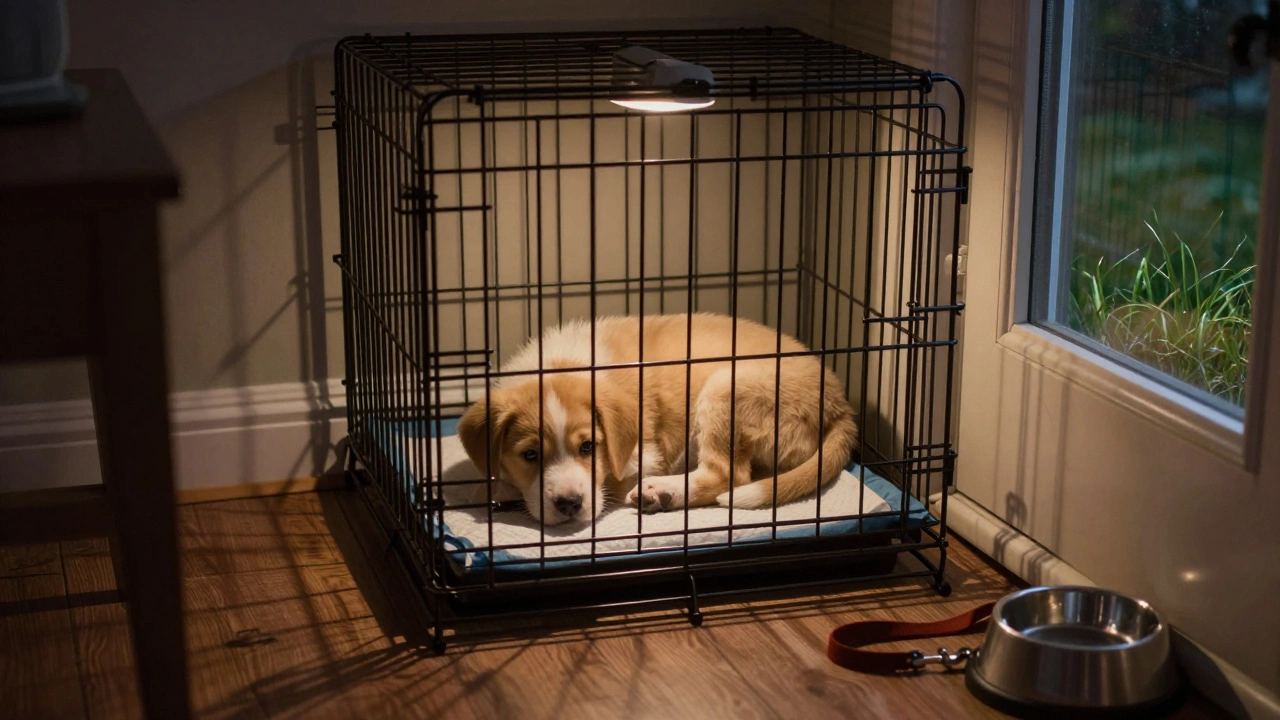Large Dogs: Practical Care Guide for Big Breeds
Got a big pooch that loves to stretch out on the sofa? Large dogs need a little extra attention, but the basics are the same as for any pet: good food, regular exercise, and a safe environment. Below you’ll find straight‑forward advice you can start using today.
Feeding and Nutrition
Big dogs burn more calories than a small terrier, but they also grow slower and have joint issues later on. Choose a high‑protein kibble that lists real meat first and contains glucosamine or chondroitin for joint support. Measure portions based on your dog’s weight, not the bag’s serving suggestion. A common mistake is over‑feeding – a 70‑lb Labrador can easily gain extra pounds if you’re not careful.
Split meals into two portions a day to keep energy steady and avoid stomach twists. If you add a supplement, check with your vet first; too much calcium can cause growth problems in puppies.
Exercise, Training, and Space
Large breeds need room to move. A daily walk of at least an hour, plus a play session in a fenced yard, usually does the trick. Use a sturdy leash and a well‑fitted harness – a regular collar can hurt a big neck if your dog pulls.
Training should start early. Teach basic commands like “sit,” “stay,” and “leave it.” These cues keep a strong dog under control on walks and around kids. Positive reinforcement works best – bring treat bags and stay consistent.
If you live in an apartment, consider indoor games like tug‑of‑war or puzzle toys to burn energy. A tired dog is a calm dog, no matter the size.
Grooming and Health Checks
Coats vary – some large breeds shed a lot, others need regular brushing to avoid mats. A quick brush once a week keeps hair off the furniture and reduces shedding. Check ears, teeth, and paws weekly. Large dogs can develop hip dysplasia, so watch for limping or stiffness after exercise.
Schedule vet visits at least once a year for blood work, joint exams, and vaccinations. Ask about weight‑management plans if your dog starts to look rounder.
Travel and Safety
Flying with a big dog means a cargo crate that meets airline size limits – usually 45 lb or less per crate. If you’re driving, use a crate or a seat belt harness to keep your pet safe. Pack water, a bowl, and a few favorite toys to reduce stress.
When visiting friends or a park, always keep your dog on a leash unless you’re in a secure off‑lead area. Remember, a large dog can unintentionally knock over small kids, so supervise interactions.
By feeding right, keeping active, and staying on top of health checks, your large dog will stay strong and happy for years. Use these simple steps and enjoy every wag of that big, friendly tail.
Airlines That Welcome Large Dogs for Journey
Planning to travel with your large canine companion involves understanding which airlines can accommodate them safely and comfortably. This comprehensive guide explores the policies of major airlines that allow large dogs, ensuring the journey is stress-free for both pets and owners. Additionally, the article provides practical advice regarding travel arrangements, safety tips, and necessary documentation. With the right preparation, flying with your big furry friend can become a hassle-free experience.
Flying with Large Dogs: In-Cabin Travel Alternatives
Delving into options for transporting large dogs by air, when in-cabin travel isn't a possibility. Exploring airline policies, alternative transportation methods, and crucial preparations to ensure a safe journey for your pet. Learn about the importance of choosing the right travel crate and familiarizing your dog with it ahead of time. This article offers insights into adapting your travel plans to accommodate your oversized canine companion.

